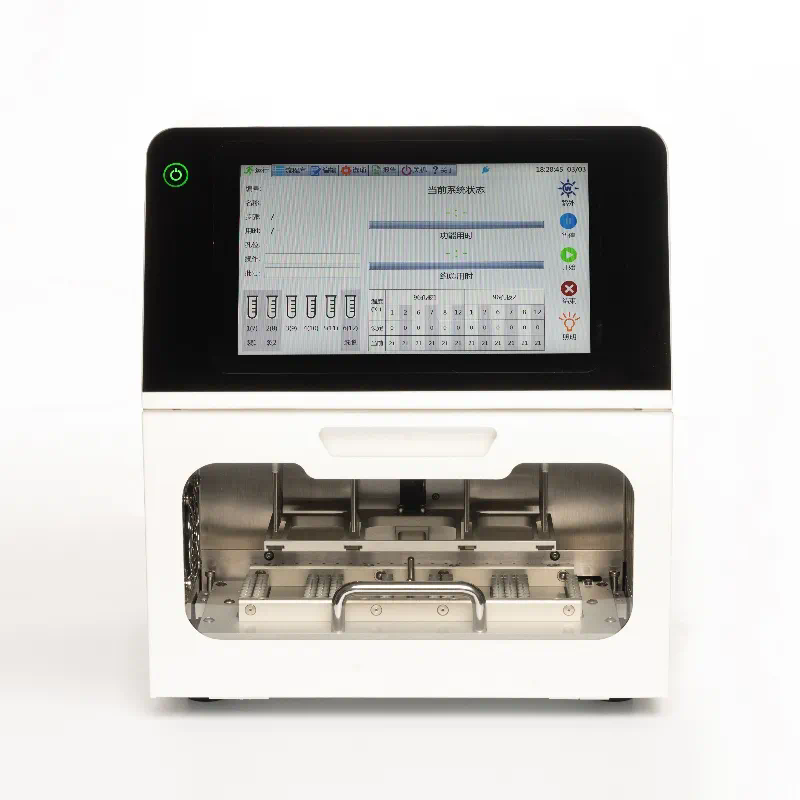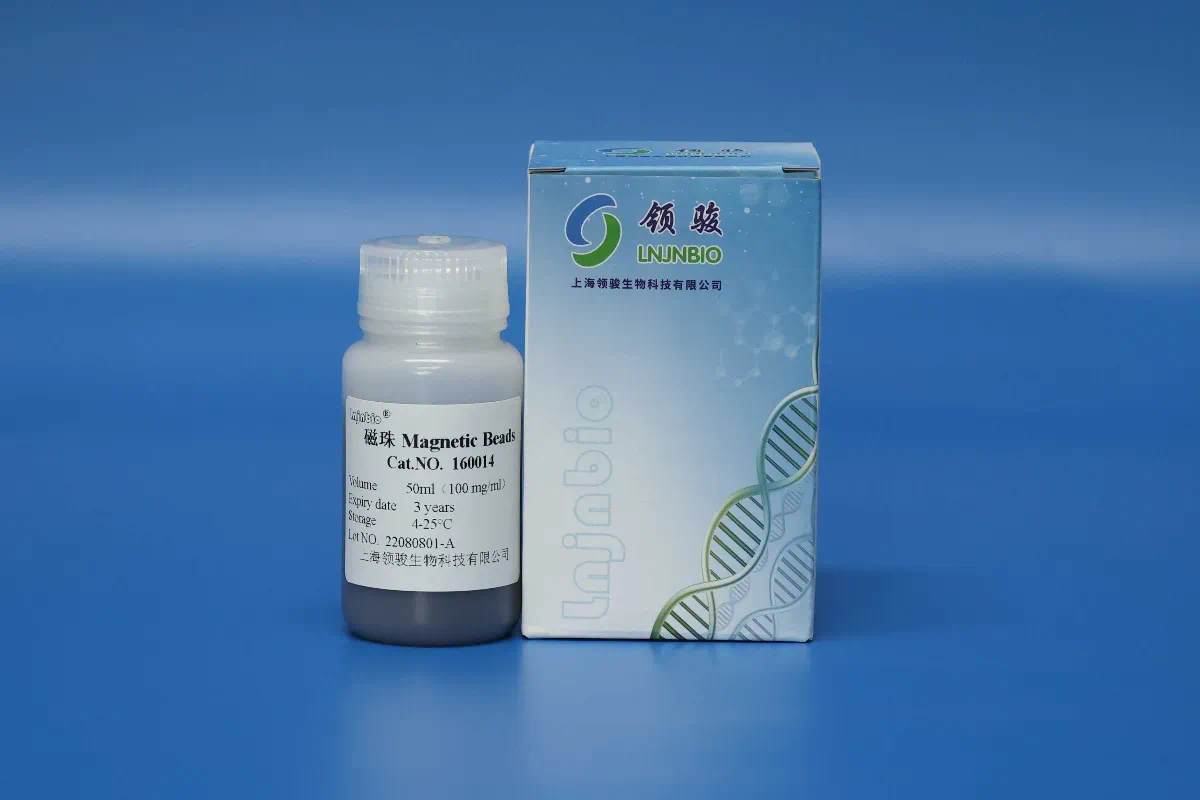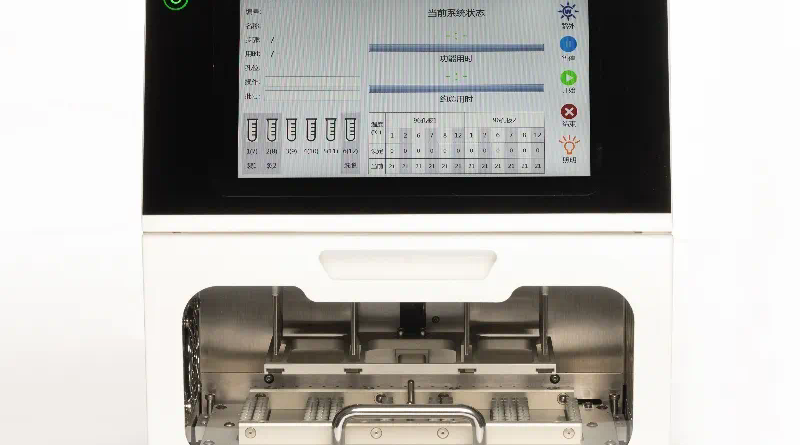The role of lysis buffer in RNA extraction and its optimization strategy
The role of lysis buffer in RNA extraction is crucial for isolating high-quality RNA from various biological samples. Lysis buffers are essential reagents used to break down cell membranes, thereby releasing RNA and other cellular components into solution. This process is fundamental for downstream applications such as gene expression analysis, sequencing, and cloning.
Lysis buffers contain several key components that facilitate effective cell disruption and RNA stabilization. These typically include detergents, salts, and sometimes reducing agents or RNase inhibitors. Detergents like SDS (sodium dodecyl sulfate) or Triton X-100 disrupt lipid bilayers, allowing access to the nucleic acids within the cells. The choice of detergent can significantly impact the efficiency of RNA extraction and must be optimized based on the sample type.
Salts such as sodium chloride play a dual role in lysis buffers. They help to maintain ionic strength, which is critical for solubilizing proteins and nucleic acids while preventing precipitation. Additionally, the presence of salts aids in stabilizing RNA by shielding it from degradation caused by ribonucleases (RNases), enzymes that degrade RNA. Therefore, optimizing salt concentration is vital during the extraction process.

Reducing agents may also be magnetic beads cell isolation incorporated into the lysis buffer to prevent oxidation of RNA and other biomolecules. Common reducing agents include mercaptoethanol and dithiothreitol (DTT). These agents protect RNA integrity during extraction by maintaining a reducing environment that minimizes the formation of disulfide bonds.
One of the most significant challenges in RNA extraction is the presence of RNases, which are ubiquitous in nature. To mitigate this, many lysis buffers are formulated with RNase inhibitors or are designed to be RNase-free. Implementing stringent laboratory practices, such as using RNase-free equipment and reagents, is equally important to minimize contamination.
The optimization of lysis buffers involves several considerations, including the type of biological sample, the intended application of the extracted RNA, and the specific downstream processes. For instance, tissues often require more robust lysis conditions compared to cultured cells due to their dense structure. Techniques such as mechanical homogenization or bead beating may be employed to enhance cell lysis in tougher samples.
Additionally, the pH of the lysis buffer can influence RNA stability. Generally, a neutral to slightly alkaline pH (around 7.5 to 8.0) is favorable for RNA extraction, as extreme acidity or alkalinity can lead to RNA degradation. It is essential to ensure that the lysis buffer maintains optimal pH throughout the extraction process.
Another aspect of buffer optimization is the volume of lysis buffer used relative to the sample size. Using an insufficient amount of lysis buffer can result in incomplete lysis, while excessive amounts may dilute the RNA and affect downstream applications. A careful balance must be struck to ensure efficient extraction without compromising RNA yield and quality.
Temperature is another critical factor in RNA extraction. Performing lysis on ice or at low temperatures can significantly reduce the activity of RNases, thereby preserving RNA integrity. Many protocols recommend pre-chilling lysis buffers and carrying out the extraction process in a cold environment to maximize RNA yield.
In addition to these physical and chemical parameters, the timing of lysis is crucial. Prolonged exposure to lysis conditions can lead to RNA degradation. Therefore, it is advisable to optimize the incubation time based on preliminary experiments. Quick lysis followed by immediate stabilization steps, such as adding alcohol or phenol-chloroform, can help preserve RNA quality.
After lysis, the next step typically involves separating the RNA from other cellular debris. This separation can be achieved through centrifugation or filtration, depending on the extraction protocol employed. The supernatant containing the RNA must then be treated with alcohol or a commercial RNA precipitation solution serum/plasma free DNA extraction and purification to precipitate the RNA out of the solution. This step should also be optimized to ensure maximum recovery of RNA while minimizing co-precipitation of contaminants.
Following RNA precipitation, washing steps are essential to remove residual salts and impurities. Ethanol or isopropanol is often used for this purpose. However, excessive washing can result in loss of RNA, so careful optimization of washing times and volumes is necessary.

Finally, the quality and quantity of extracted RNA must be assessed using spectrophotometry or gel electrophoresis. A260/A280 ratios are commonly used to determine RNA purity, while integrity can be evaluated through visualization on an agarose gel. High-quality RNA should have a clear, distinct band corresponding to ribosomal RNA, indicating that the extraction process was successful.
In summary, the role of lysis buffer in RNA extraction and its optimization strategies are multifaceted. From the selection of appropriate components to the fine-tuning of various extraction parameters, each step plays a vital role in ensuring the successful isolation of high-quality RNA. By understanding the underlying mechanisms and carefully optimizing the lysis buffer, researchers can significantly enhance the reliability and reproducibility of their RNA extraction protocols, ultimately leading to more accurate experimental results and biological insights.
https://icreekside.com/

